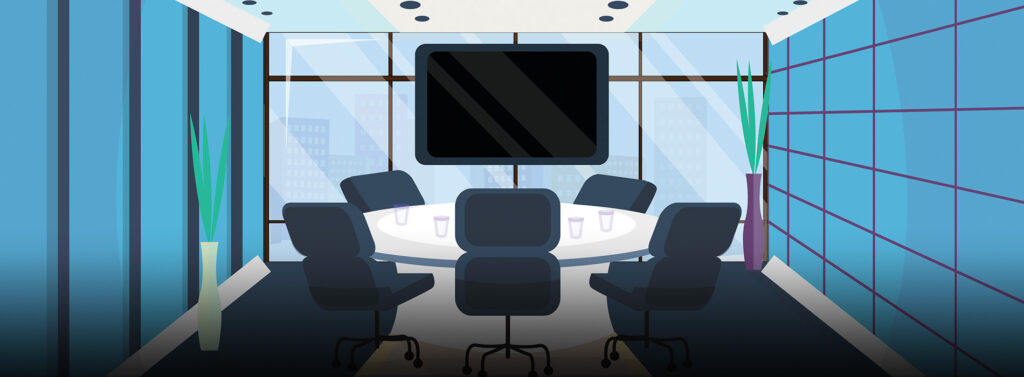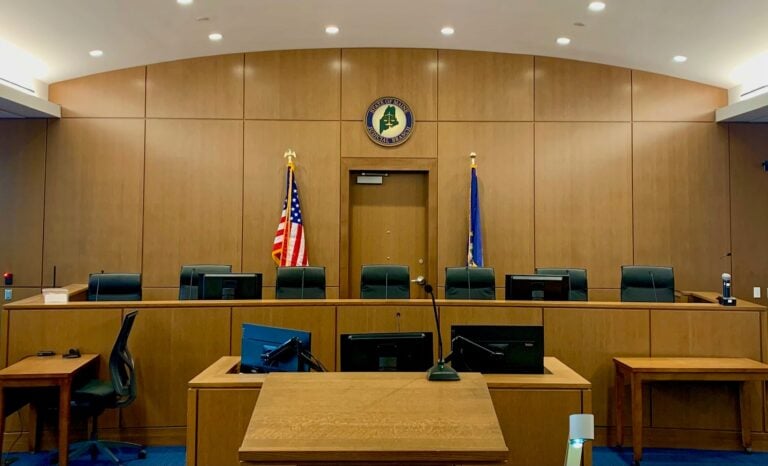You may be taking a new look at your conference room technology as hybrid meetings become all the rage, or maybe you are considering reducing or consolidating conference room space in response to more remote collaboration. Whatever your plans are, ensuring these rooms are conference ready in this new age of collaboration means doing your research ahead of time so you don’t regret quick decisions down the line. Here are some important technology tips to keep your meeting productivity and efficiency at prime levels:
Be BYOD Ready
Most employees today can be found pretty much attached to their laptop allowing them to take their work with them wherever they go. For meetings, this allows them to share apps, graphs, or other content. Additionally, the virtual boom experienced in the last year and a half has also led to attendees multitasking during meetings—putting the final touches on a spreadsheet when the meeting tends to stray from their area of expertise or answering an e-mail while someone is pulling up a presentation. Meeting members may also choose to use Zoom to connect with remote meeting members on their own personal device. Taking all of these scenarios into account makes it clear that an effective conference room make it easy for participants to connect quickly and easily. There should be easy access to charging stations, enough desk space for laptops for each participant, and an easy way to connect to share content.
Lighting
If the lighting in a conference room is poor or there is too much ambient light, the experience for online participants will suffer. Being able to provide a clear image of on-site participants is vital to a successful meeting. As many of us who have taken part in conference calls know, the missing element in a meeting with no video is the body language and facial expressions that provide an important part of effective communication. Investing in better than average lighting and if there are windows, proper shades to minimize ambient lighting, can significantly improve video quality for remote attendees. Room automation can allow for quick and easy set up with pre-set lighting that can automatically be instituted at the click of a button making it quick and easy to start a meeting.
Audio
Poor audio is even worse than poor video. Making sure remote attendees can clearly discern what is being said is vital to a meetings success. Whether a presenter at the front of a room, a seated participant or someone moving around the room, a conference room audio system should be able to pick-up and clearly deliver sound to remote attendees. Microphones should be omnidirectional and dispersed every few feet for optimal clarity.
Room Scheduling
To effectively utilize meeting spaces, room scheduling solutions deliver a method that allows employees to schedule meeting time from anywhere. For hybrid situations, this is especially useful, as an employee at home may want to schedule a meeting for a Wednesday when they will be in the office and can both check availability as well as book a conference room from home. Room scheduling systems can also be used to gather data about room usage for future planning or decision making.




